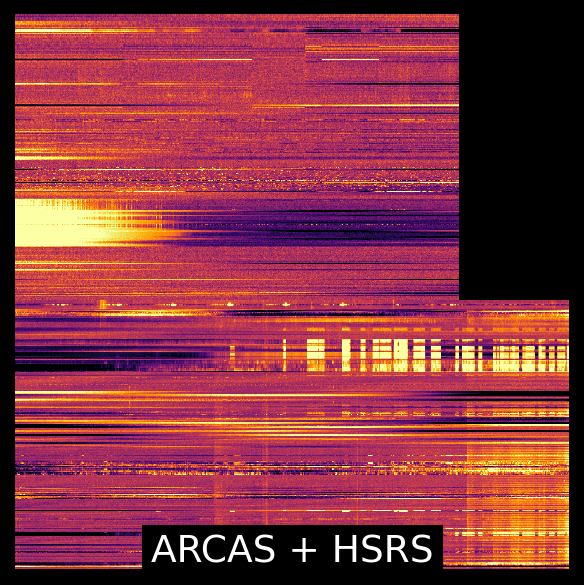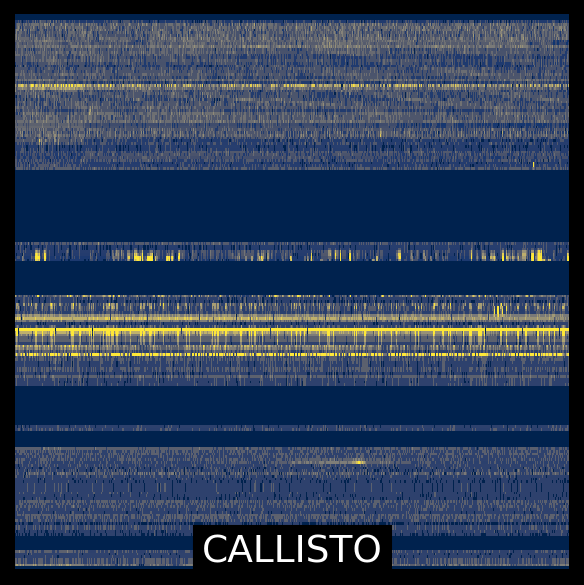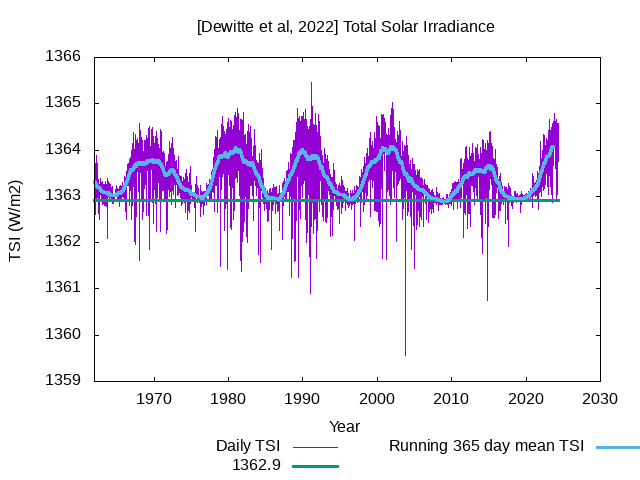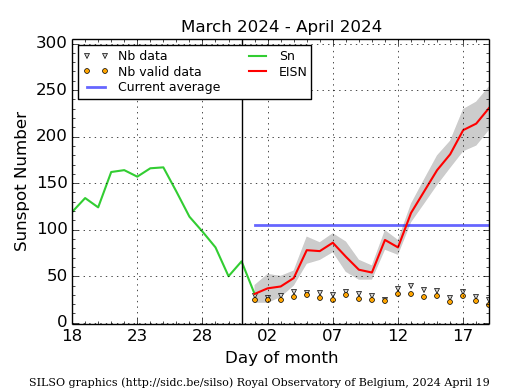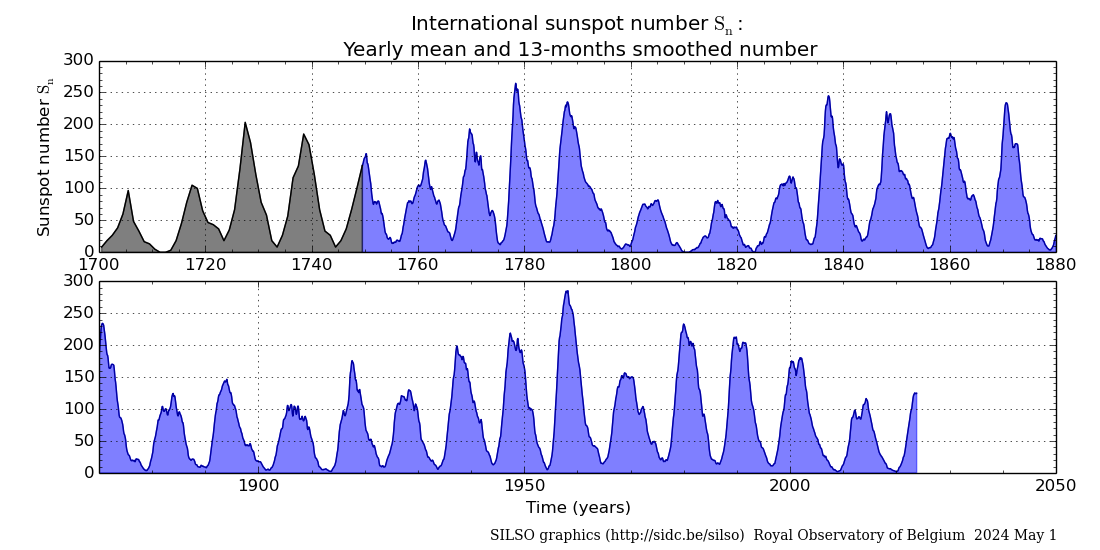Solar flaring activity over the past 24 hours was at moderate levels. The largest flare was a M3.7-flare, with peak time 01:11 UTC on April 29 and the second largest flare was M2.5-flare, with peak time 00:48 UTC on April 29, both flares were associated with NOAA AR 3654 (beta-gamma-delta). There are currently 6 numbered active regions on the visible disk. NOAA AR 3654 (beta-gamma-delta) is the largest, most magnetically complex region and has produced most of the flaring activity in the last 24 hours. NOAA AR 3652 (alfa) and NOAA AR 3658 (beta) have started to rotate over the west limb. A new yet unnumbered active region has started to emerge on the north-east quadrant of the visible Solar disk. All other regions were inactive and stable. The solar flaring activity is likely to be at low levels over the coming days with C-class flares expected and M-class flares possible.
No Earth-directed Coronal Mass Ejections (CMEs) have been detected in the available coronagraph images.
A long negative polarity coronal hole stretching from high northern latitudes down to the equator continues is passing the central meridian. The high-speed stream emanating from it might arrive to Earth late on May 1st.
Over the past 24 hours the greater than 10 MeV GOES proton flux was at background levels and is expected to remain so over the next days.
The greater than 2 MeV GOES 16 electron flux was below the 1000 pfu threshold and is expected to remain so in the upcoming days. The 24h electron fluence was at nominal level and is expected to remain so in the next days.

